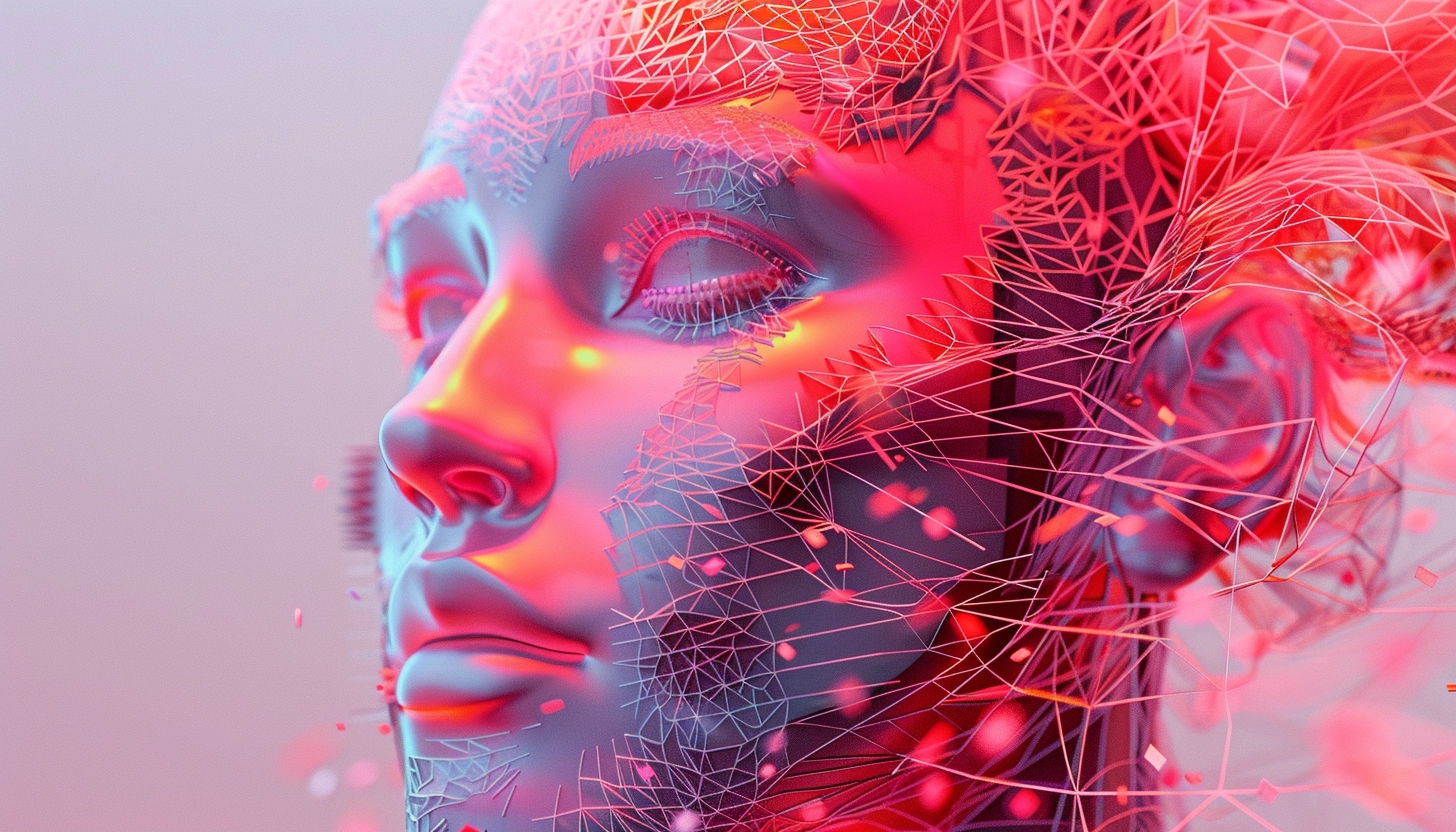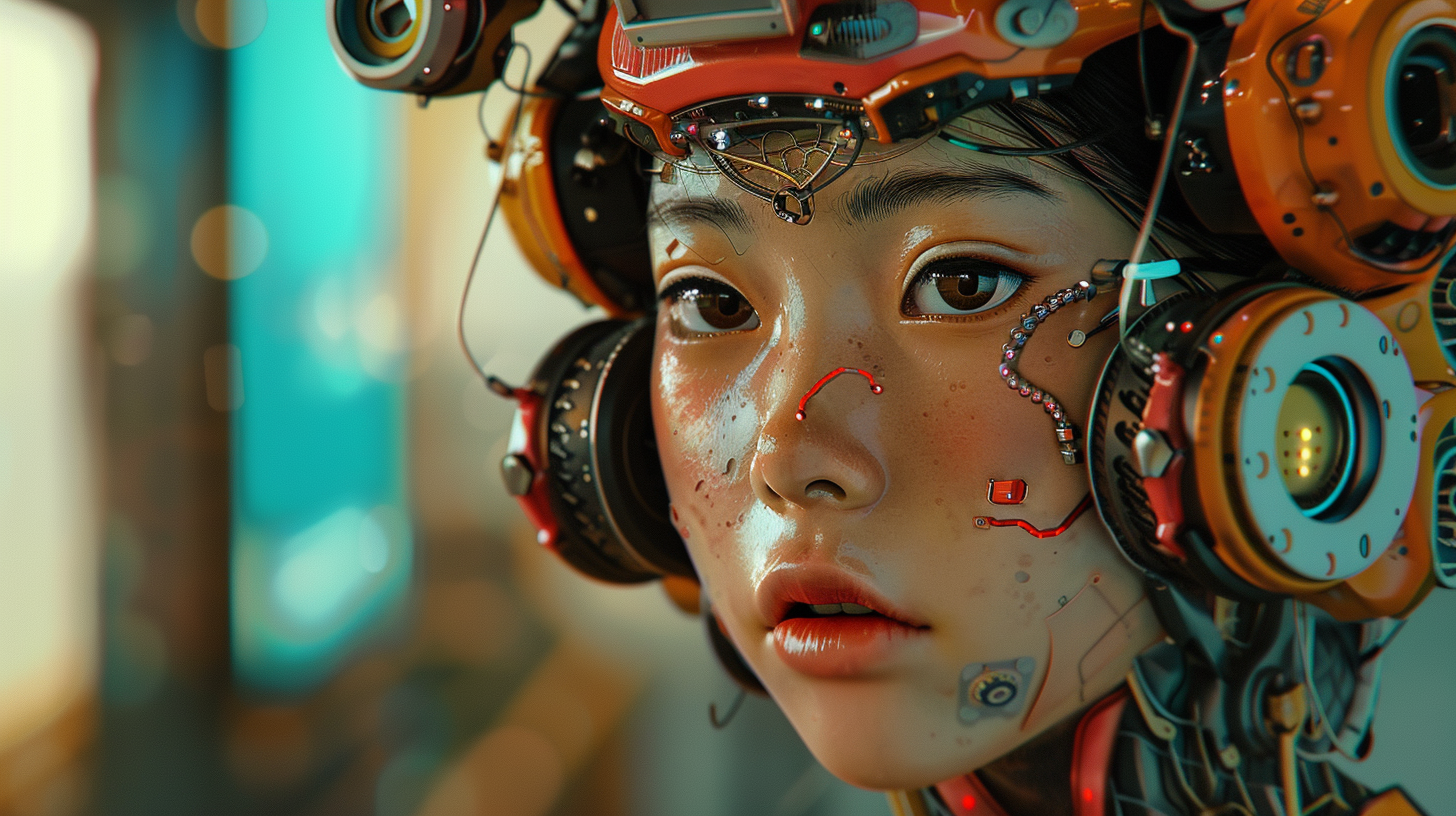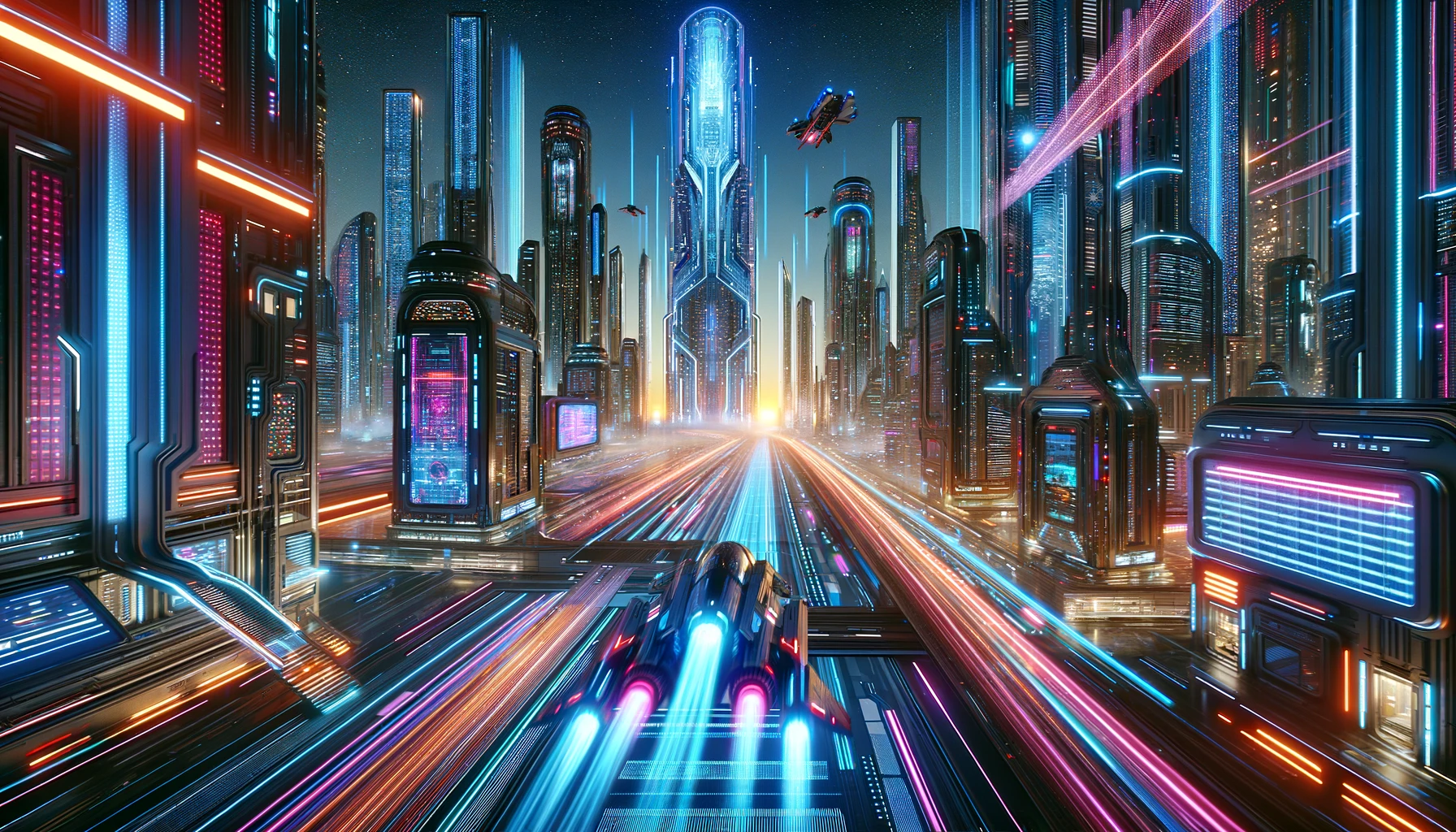TL;DR:
- AGI, or Artificial General Intelligence, aims to replicate human-level intelligence in machines, with potential applications across various industries.
- Large language models (LLMs) are paving the way for AGI, with impressive capabilities in natural language conversation, text generation, and style imitation.
- Asia is emerging as a leader in AI and AGI, with significant investments and advancements in research and development.
Introduction: Demystifying AI in Asia
Artificial intelligence (AI) and Artificial General Intelligence (AGI) are transforming the technological landscape, with Asia playing a significant role in their development and application. This article will delve into the world of AI and AGI, focusing on their progress in Asia and how they are shaping the future of emerging technologies.
AI and AGI: A Brief Overview
AI refers to the simulation of human intelligence in machines, enabling them to perform tasks that typically require human cognition. AGI, on the other hand, aims to replicate human-level intelligence in machines, allowing them to understand, learn, and adapt across a wide range of tasks.
Large Language Models: Paving the Way for AGI
Large language models (LLMs) are among the most impactful AI technologies today. Trained on vast datasets, LLMs can engage in natural language conversation, generate creative text, and mimic various writing styles. Prominent examples include ChatGPT, Claude, and LLaMa. These models demonstrate the potential of AI and serve as stepping stones toward achieving AGI.
AI and AGI in Asia: A Growing Powerhouse
Asia has emerged as a leader in AI and AGI research and development, with significant investments from both public and private sectors. Some notable examples of AI and AGI applications in Asia include:
- China’s Baidu: Developing autonomous vehicles and smart cities
- Japan’s SoftBank Robotics: Creating humanoid robots for various industries
- South Korea’s Naver: Advancing AI-powered search engines and translation services
Fine-Tuning and RLHF: Enhancing AI for Specific Tasks
Fine-tuning allows developers to tailor powerful foundation models for specific tasks or domains. Reinforcement Learning from Human Feedback (RLHF) further improves AI communication skills by learning from human preferences and adapting responses accordingly. These techniques are crucial for creating AI systems that are relevant, informative, and engaging for everyday use.
Diffusion: Revolutionising Image Generation
Diffusion, a technique driving popular generative AIs like Stable Diffusion and Midjourney, has significantly advanced image generation. By learning from the gradual degradation of images, diffusion models can generate diverse, creative, and controllable images from scratch.
Hallucination: The Double-Edged Sword of AI
Hallucination in AI refers to the generation of outputs not grounded in reality or training data. While undesirable in factual contexts, hallucination can be valuable for creative endeavors such as art generation, text generation, and design innovation.
AGI: The Dream and the Dilemma
AGI remains a hypothetical future state of AI, with machines possessing human-level intelligence or beyond. While the potential benefits are immense, concerns about uncontrolled intelligence explosions and ethical implications persist.
Conclusion: Demystifying AI in Asia
AI and AGI are reshaping the technological landscape, with Asia playing a pivotal role in their development and application. As research and innovation continue to advance, the potential of AI and AGI to revolutionise industries and transform daily life is vast, but not without challenges and ethical considerations.
How do you think AI and AGI will impact your life in the next decade? Share your thoughts and experiences with AI and AGI technologies, and don’t forget to subscribe for updates on the latest developments in this exciting field!
You may also like:
Or try out an AI chat bot for free by tapping here.






 Prompts1 month ago
Prompts1 month ago


 Life2 months ago
Life2 months ago


 Life2 months ago
Life2 months ago


 Business2 months ago
Business2 months ago


 Business2 months ago
Business2 months ago


 Learning2 months ago
Learning2 months ago


 Marketing2 months ago
Marketing2 months ago


 Business2 months ago
Business2 months ago
















